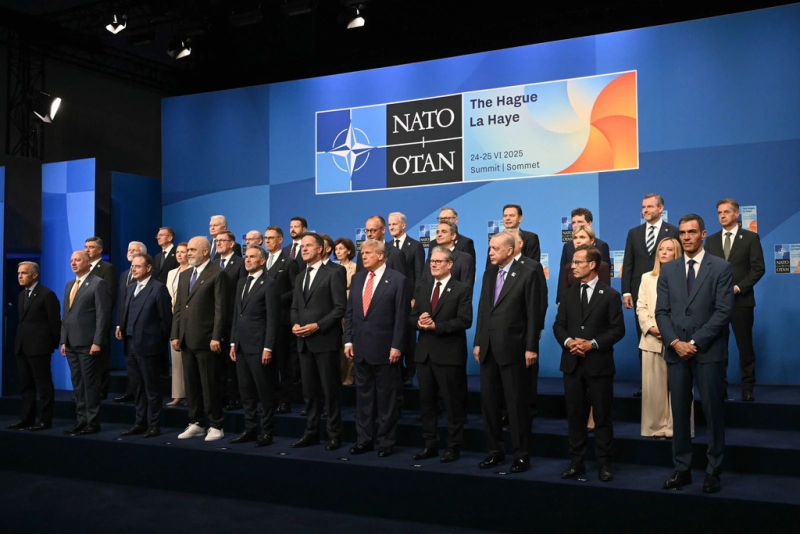Key points
- NATO countries are trying to soften the US demand to increase defense spending to 5% of GDP by including spending on infrastructure, medicine and education.
- The main outcome of the NATO summit should be the adoption of a final communiqué to preserve the unity of the Alliance, with a possible mention of Ukraine.

NATO countries are trying to soften Donald Trump's demand to increase defense spending to 5% of GDP, proposing to also include infrastructure, healthcare and education spending. This is being done in order to avoid excessive financial burden.
During the summit in The Hague, the leaders of the North Atlantic Alliance are trying to maintain unity, make a common decision and demonstrate support for Ukraine against the backdrop of the threat from Russia. Maxim Dzhigun, a partner at the Good Politics communications agency, told 24 Kanal in more detail about this.
How Countries Are Trying to Get Around Trump's Whim
Some NATO countries are trying to push through a norm according to which defense spending within the planned 5% of GDP could include spending not only on military needs, but also on infrastructure – in particular roads and bridges, on improving the quality of medical services, as well as on education and preparing society for possible external threats.
There are several workarounds that our predominantly European colleagues are using to try to close this whim on the American side, noted Dzhigun.
The European allies are trying to get around the rather tough demand of the United States – first of all, from Donald Trump, who insists on increasing defense spending to 5% of GDP. Another important point is the lack of a specific date by which NATO member countries must reach this level of spending. For now, this is more of a long-term goal, a strategic aspiration, which they will gradually move towards. However, this does not mean that these obligations will be fulfilled in the coming years.
A sharp increase in defense spending to 5% of GDP would be a huge economic burden for many countries. In particular, Canada’s experience shows that even reaching 2% by 2030 is already a difficult task. Germany also planned a gradual increase in spending, spreading it out over years to avoid excessive strain on the budget.
What should be the main outcome of the NATO summit
Dutch politician and former Prime Minister, now NATO Secretary General Mark Rutte, is now effectively playing the role of organizer – or even director – of a diplomatic “performance” for Donald Trump. It looks like a theatrical attempt to convince Trump not to disrupt important agreements at the summit that is currently underway in The Hague.
Rutte, as the “host” of this event, is trying to prevent the meeting from failing, because failure would mean that NATO member states might not reach agreement on the final document. In that case, the leaders would simply leave, left with a sense of uncertainty – both about the future of the bloc itself and about their own security guarantees for the coming years.
That is why Rutte will try to ensure the adoption of a final communiqué – even if it is very short and minimal, but one that will preserve the unity of the Alliance. According to insiders involved in the preparation of this document, Ukraine will probably be mentioned. True, in the context of increasing defense spending by NATO member states in response to external challenges – in particular, due to the Russian-Ukrainian war.
Does this satisfy Ukraine, which is now the “gate” to all continental Europe from the Russian horde? Hardly. Does this allow Ukraine to feel that we have partners behind us who will be with us, despite the intentions of the American president? There are also big questions, – said Maksim Dzhygun.
But despite everything, we still count on a positive outcome. The key decision that Donald Trump must make – for the security of NATO and the entire world – is not fruitless negotiations with Putin, but an attempt to end the war and support Ukraine: military, financial and political.

